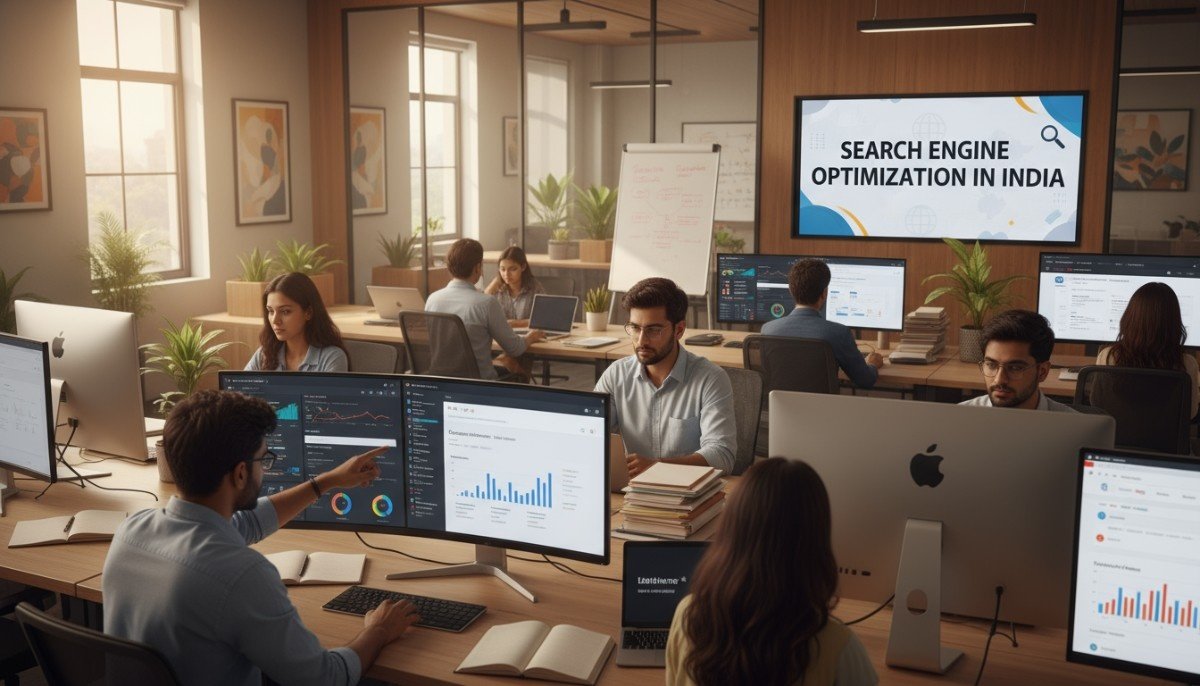I. Introduction: The Importance of GMP Training
A. Understanding GMP and Its Impact
Good Manufacturing Practices (GMP) training is essential for companies aiming to maintain high standards in product quality and safety. GMP ensures that businesses produce consistent, safe, and effective products, fostering consumer trust. It emphasizes the importance of hygiene, quality control, and proper documentation to minimize risks. By investing in GMP training, companies equip their employees with the skills needed to uphold these vital standards. This proactive approach to quality control minimizes errors and maintains regulatory compliance in an ever-evolving market.
B. Why GMP Training is Crucial for Success
GMP training directly influences a company’s operational efficiency. Well-trained staff ensures that production processes are optimized, reducing errors and increasing productivity. Employees gain an in-depth understanding of quality assurance processes, leading to fewer product recalls, reduced waste, and improved regulatory compliance. With industry regulations becoming more stringent, GMP-trained professionals safeguard a business’s reputation by ensuring consistent compliance.
II. Key Benefits of GMP Training
A. Ensures Consistency in Product Quality
GMP training guarantees that every product meets the same high standard, reducing the likelihood of variation. Employees trained in GMP principles follow standardized procedures, ensuring product consistency. By learning the best practices for raw material handling, production processes, and quality assurance, staff members contribute to producing safe and reliable products. This consistency helps build brand trust and loyalty, which are essential for long-term business success. Consistency also aids in regulatory compliance, ensuring smooth operations across global markets. A reliable production system ensures that customers receive high-quality products, every time.
B. Reduces the Risk of Contamination
One of the core principles of GMP training is hygiene and sanitation. Trained staff are well-versed in preventing contamination throughout the manufacturing process. Proper cleaning, maintenance, and handling techniques are emphasized to avoid cross-contamination and ensure product integrity. GMP-certified employees are equipped with the knowledge to create safe working environments, which are crucial for industries such as pharmaceuticals, food production, and cosmetics. Reducing contamination risks directly correlates to improved product safety and consumer confidence. By maintaining cleanliness and hygiene, businesses can avoid costly recalls or product withdrawals due to safety issues.
C. Enhances Compliance with Regulatory Standards
Regulatory bodies such as the FDA and EMA require strict adherence to GMP guidelines, and training ensures that employees understand these requirements. Companies that invest in GMP training are more likely to pass audits and avoid penalties or product recalls. A trained workforce is aware of all necessary documentation practices, traceability, and the importance of maintaining clear records. Effective GMP training ensures that businesses stay up-to-date with evolving regulations, avoiding costly mistakes and protecting their market position. Compliance also simplifies entry into international markets where GMP standards are mandatory.
III. The Core Elements of GMP Training
A. The Role of Documentation and Record-Keeping
Documentation is central to GMP training, as it ensures that all processes and procedures are followed correctly. Employees are trained on the importance of accurate record-keeping, including batch production records, cleaning logs, and quality control checklists. Clear documentation supports traceability and provides evidence that all GMP guidelines have been followed. This reduces errors, improves accountability, and ensures that companies can respond to audits or inquiries with complete, well-maintained records. Well-kept records also help businesses identify trends, making it easier to spot and address recurring issues or areas for improvement.
B. Good Hygiene Practices and Personal Safety
Personal hygiene is critical in GMP training, particularly in environments like food production and pharmaceuticals. Employees learn the proper ways to handle materials and maintain cleanliness in both personal and workspaces. From washing hands to wearing protective gear, these practices minimize contamination risks and improve safety. By emphasizing hygiene, GMP training ensures that the production process is safe and sanitary.
C. Understanding Equipment Maintenance and Calibration
GMP training covers equipment operation, maintenance, and calibration procedures. Well-maintained and properly calibrated equipment ensures consistent product quality. Employees are trained on how to operate machinery according to GMP standards, perform regular checks, and document maintenance activities. This reduces the chances of mechanical failures and ensures that equipment performs at optimal levels. Proper equipment handling is critical for quality control and minimizing downtime in production. Regular maintenance extends equipment life, reduces repair costs, and ensures production is not disrupted, contributing to long-term operational efficiency.
IV. Best Practices in GMP Training
A. Continuous Learning and Skills Development
GMP training is not a one-time event—it requires ongoing learning and skills development. Successful companies implement continuous training programs to keep employees up to date with evolving standards and technology. Regular refresher courses ensure that employees maintain their proficiency and stay ahead of industry changes. Ongoing training fosters a culture of continuous improvement, making operational excellence a sustained effort. Businesses that prioritize continuous learning see long-term benefits in product quality, compliance, and workforce morale.
B. Interactive Training Techniques for Engagement
Effective GMP training goes beyond traditional lectures and seminars. Interactive methods such as simulations, workshops, and hands-on training sessions engage employees and reinforce learning. These methods allow employees to apply theoretical knowledge to real-world scenarios, improving retention and problem-solving skills. By using case studies and role-playing, trainers can make GMP concepts more relatable and memorable.
C. Tailoring Training to Specific Roles
GMP training should be tailored to the specific needs of different roles within the organization. Quality control managers may require more in-depth training on auditing and testing procedures, while production workers may focus on hygiene and equipment operation. Tailoring the training ensures that each employee receives the knowledge necessary for their responsibilities. Role-specific training also makes the learning process more relevant and efficient, as employees understand how GMP principles apply to their daily tasks. This ensures that employees are equipped to handle the unique challenges of their roles effectively, driving operational excellence.
V. The Long-Term Impact of GMP Training
A. Improved Operational Efficiency
GMP training leads to improved operational efficiency by streamlining production processes. Employees learn to identify inefficiencies and implement improvements that reduce waste and enhance output. By adhering to standard operating procedures (SOPs), companies can avoid costly mistakes and delays, ultimately boosting productivity. With fewer errors and smoother workflows, businesses can meet customer demands more effectively, enhancing their reputation and competitiveness in the market. Efficiency also reduces operational costs, creating more resources for innovation and expansion.
B. Strengthened Brand Reputation
A company’s reputation is built on the quality and safety of its products. GMP training ensures that employees consistently meet the highest standards, resulting in fewer product recalls and customer complaints. Companies with a reputation for quality gain customer trust, loyalty, and positive word-of-mouth. Over time, GMP certification becomes a key differentiator in competitive markets, positioning businesses as industry leaders committed to quality and compliance. A strong brand reputation attracts new customers and retains existing ones, creating long-term business stability. GMP-trained employees are the backbone of this reputation, maintaining the brand’s promise of quality.
C. Facilitating Global Expansion
GMP training opens doors to international markets by ensuring compliance with global standards. Companies that maintain GMP certification can enter new markets with confidence, knowing their products meet the required quality and safety standards. By equipping employees with the necessary knowledge, businesses can scale efficiently while maintaining high standards.
VI. Conclusion: Empowering Success Through GMP Training
A. Building a Culture of Quality
GMP training is the foundation for building a culture of quality within an organization. This culture of quality permeates every level of operation, from top management to the production floor, creating a unified commitment to excellence. Employees at all levels feel empowered and accountable for delivering exceptional quality, driving business success.
B. Continuous Improvement for Sustained Success
GMP training is not just about meeting initial requirements—it’s about fostering a mindset of continuous improvement. Organizations that embrace GMP as a long-term strategy enjoy ongoing benefits in product quality, compliance, and operational efficiency. With regular training, businesses ensure that their workforce remains adaptable and prepared for industry changes, positioning them for sustained success. Continuous improvement ensures that companies stay competitive in dynamic markets and consistently meet consumer expectations for quality and safety.












Leave a Reply